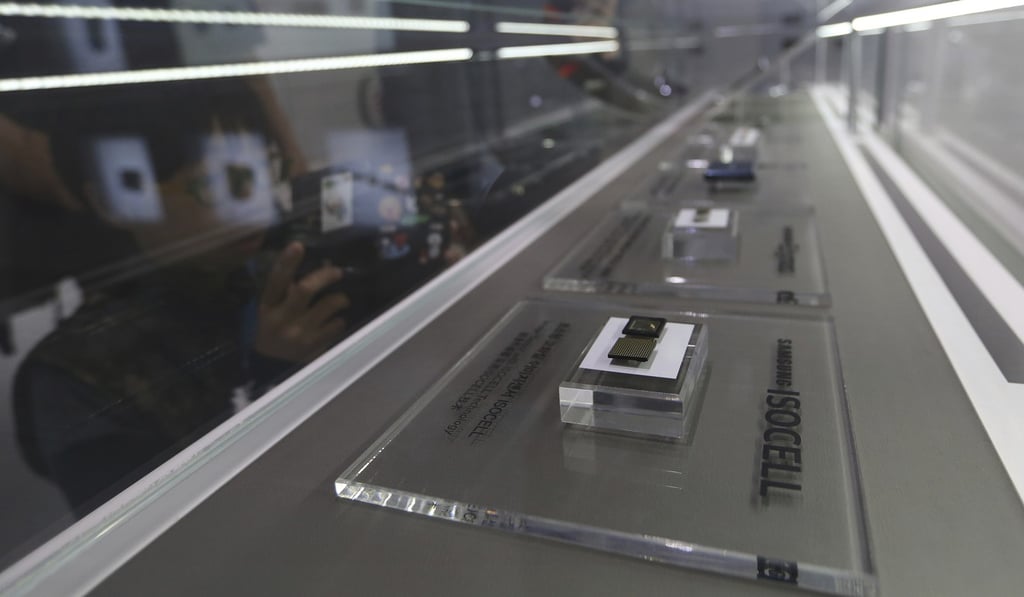Chinese scientists develop transistors about the width of a human DNA strand
- Beijing team believes it has solved problem of powering tens of billions of nanometre-sized transistors without burning out the chip

Chinese scientists say they have created a transistor that will increase the performance of microchips exponentially and dramatically reduce their energy use.
The most advanced computer chips on the market today use seven-nanometre transistors. Professor Yin Huaxiang said his team had developed 3nm transistors – about the width of a human DNA strand – and that tens of billions of them could fit on a fingernail-size chip.
The smaller transistors become, the more can be fitted onto chips, increasing the performance of a processor exponentially, said Yin, deputy director of microelectronics device and integrated technology at the Institute of Microelectronics, the Chinese Academy of Sciences in Beijing.
Transistors are the building blocks of processors. Those built with 3nm transistors would increase computing speed and cut energy consumption, Yin said. So, a smartphone user, for instance, could play games that demanded lots of computing power all day without the need to recharge batteries.

The Chinese team, whose research was published in part in peer-reviewed journal IEEE Electron Device Letters this month, had to overcome major obstacles, Yin said. One was the Boltzmann Tyranny, 19th century Austrian physicist Ludwig Boltzmann’s description of a problem involving the distribution of electrons in a space.